
Tag Archives Agricultural pests
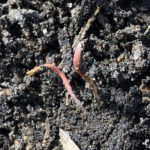
Spring weeds rise up well ahead of seeding efforts
Weed forecasts have farmers expecting to reap the consequences of last year’s lack of field work

Smart spot spraying still has a way to go
Farmers need to be 100 per cent confident these new technologies will work when they hit the field

New cases of Tall waterhemp found in Manitoba
This is a Tier 1 noxious weed that Manitoba Agriculture wants to prevent from spreading

A messy year for weeds
Farmers didn’t see many weeds early this year, but agronomists warned that the flush was coming
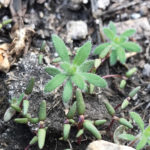
Weeds develop defences
Kochia gets hairy and lamb’s quarters get waxy under harsh conditions

It takes a village to stop weeds
Researchers say the community nature of the problem of invasive weeds hasn’t been adequately incorporated into control efforts

Manage herbicide resistance in the tank and out
Industry is pushing both chemical and non-chemical solutions to growing herbicide-resistance problems in Manitoba
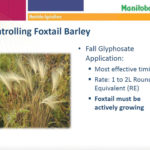
Fall is the best time for controlling foxtail barley
It might be too late in the season now, but there are ways to tackle this weed in the spring too
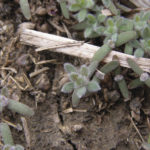
Keeping kochia in check
New research indicates the importance of early-season control of herbicide-resistant kochia
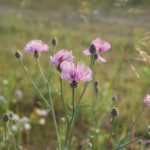
Spotted knapweed could do more harm than leafy spurge
The ISCM declared August Invasive Species Month and is highlighting the risks associated with the potential spread of spotted knapweed


